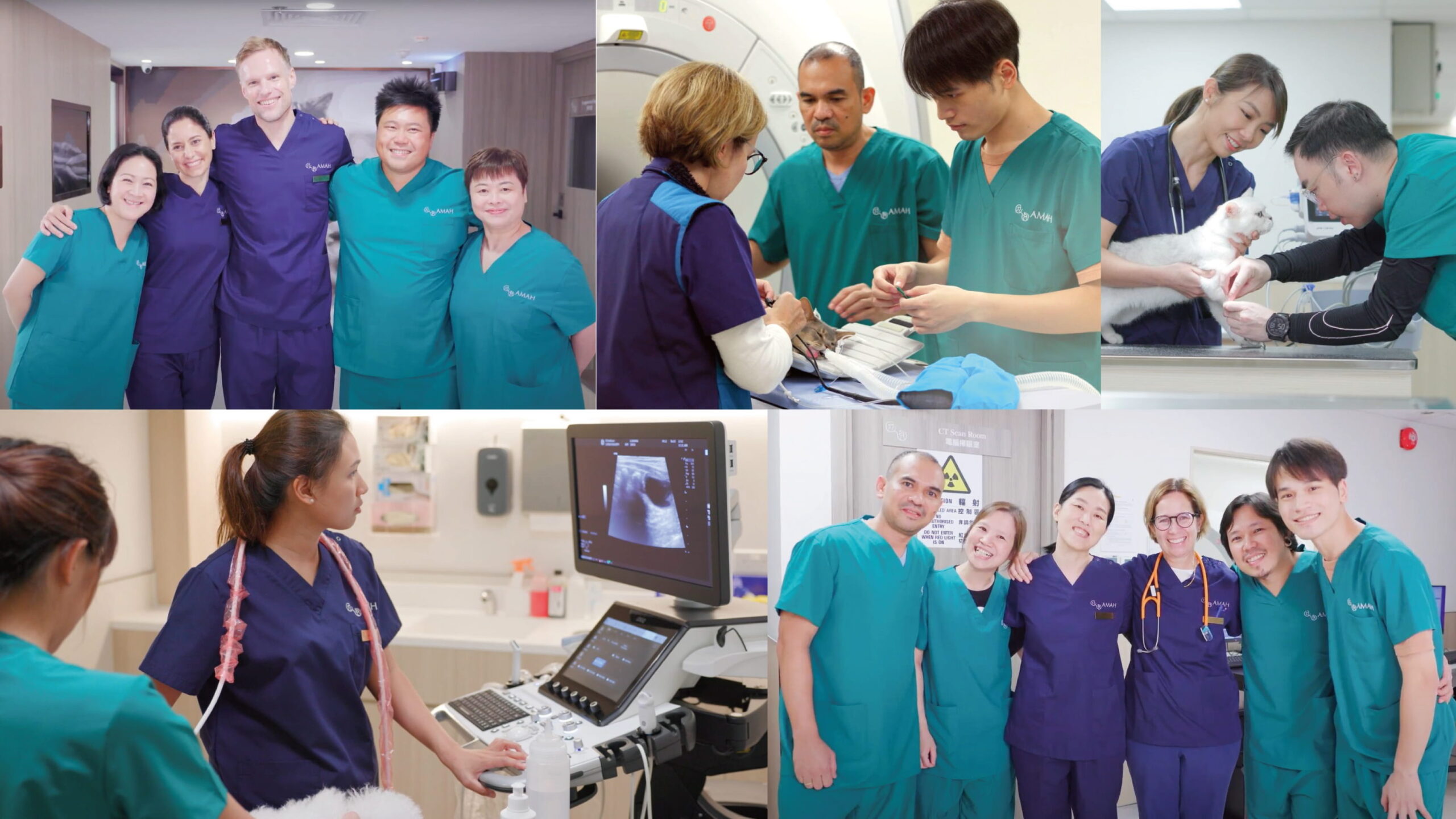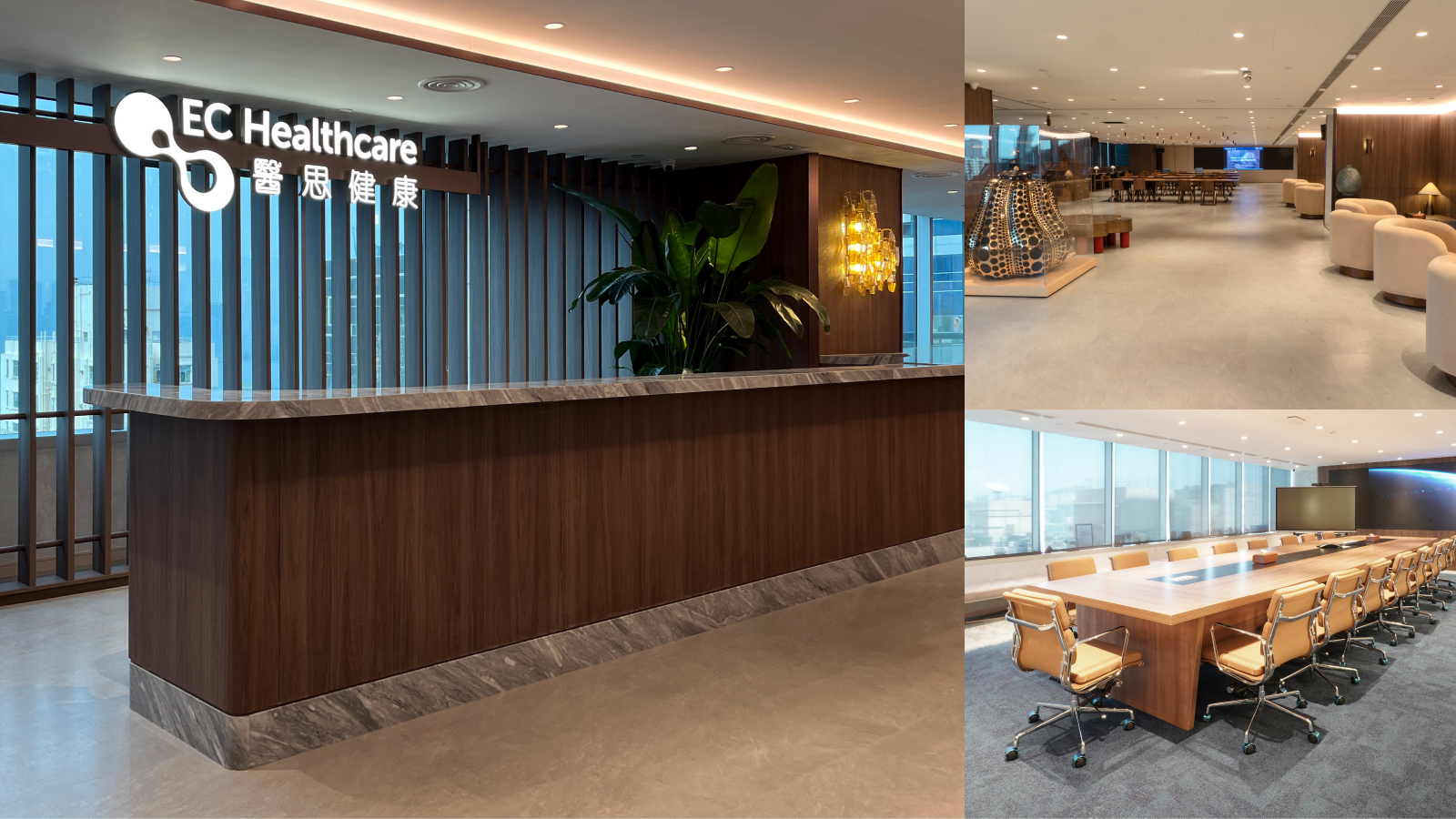ONLINE SERVICES

BEAUTY
Providing safe and effective aesthetic services to our valued customers. Being the top seller of medical aesthetic products for years, we are dedicated to revealing your beauty and leading you to a reborn version of yourself!

MEDICAL
Leverage cutting-edge medical technology and research, advanced drugs and doctors’ professionalism and morality to improve the service quality so as to lead the industry to evolve.
INVESTOR RELATIONS
Enhancing effective and transparent information flow between investors and us. Devoted for the best interest of all.













